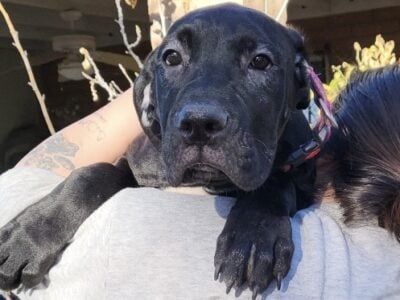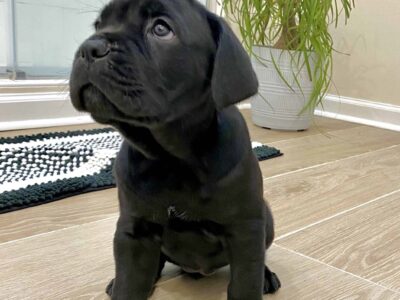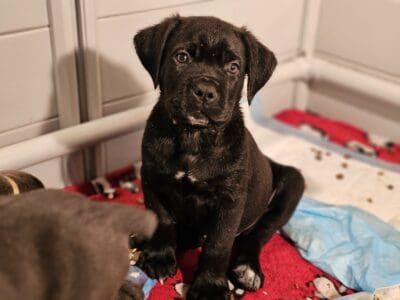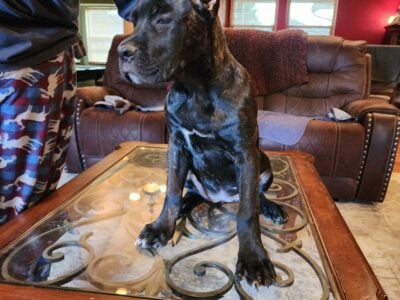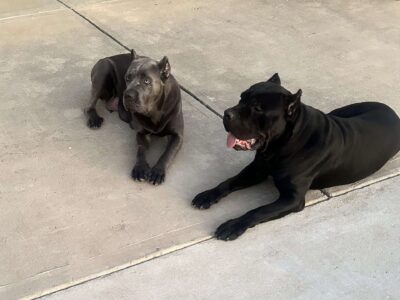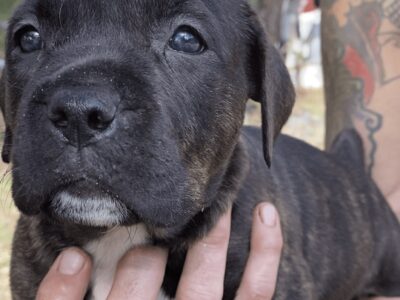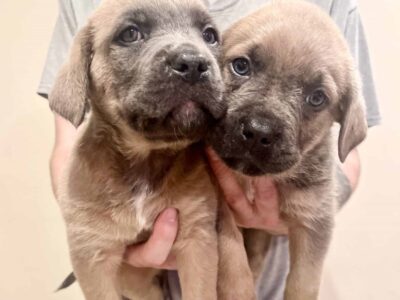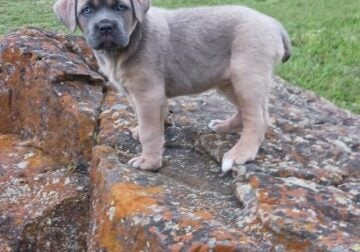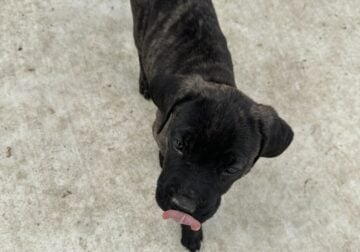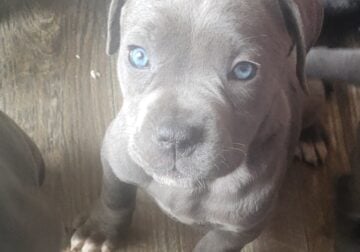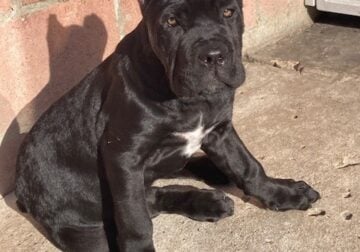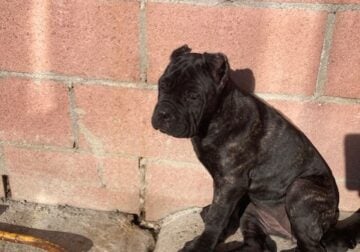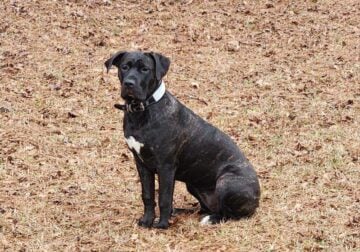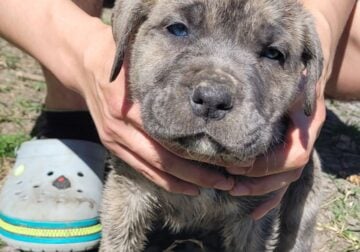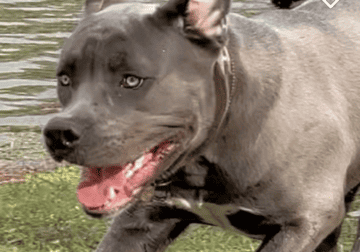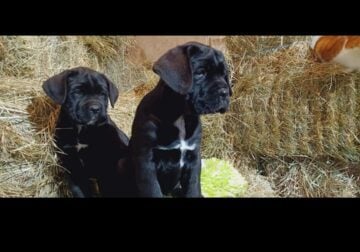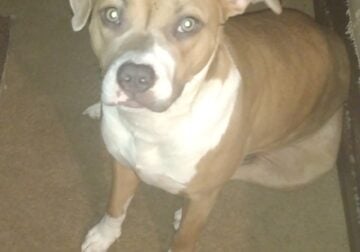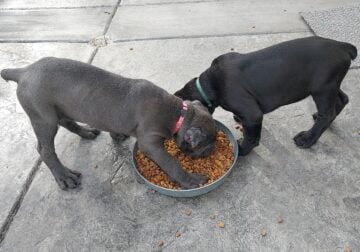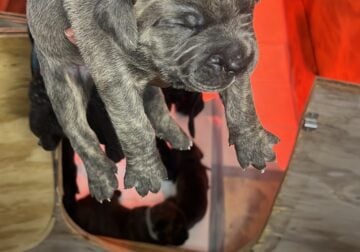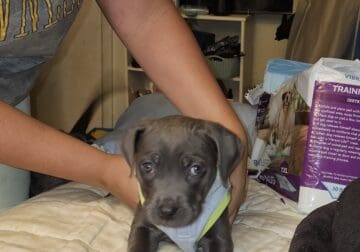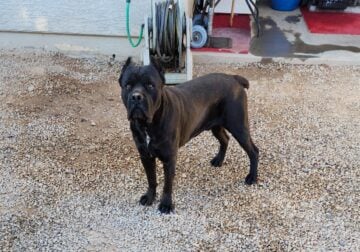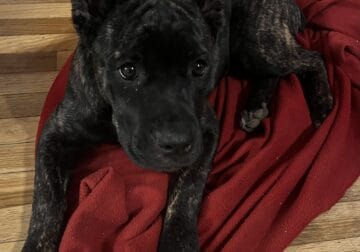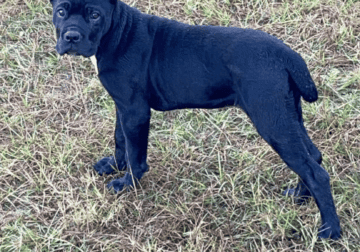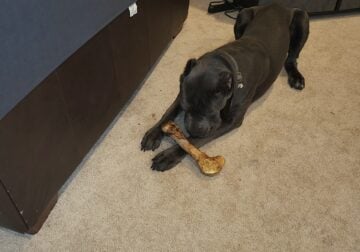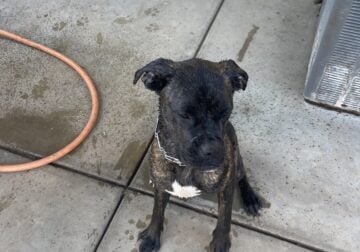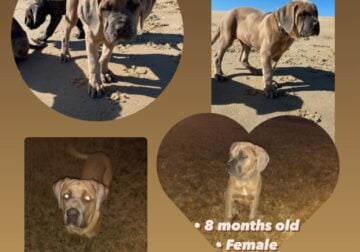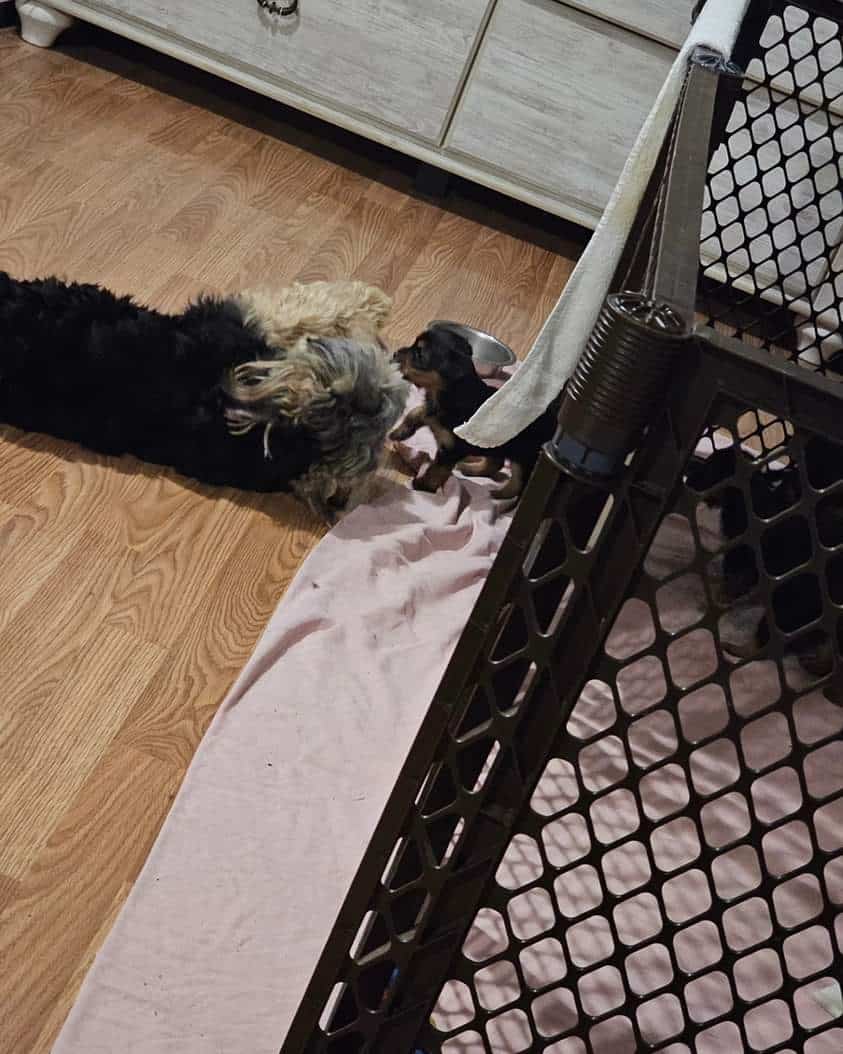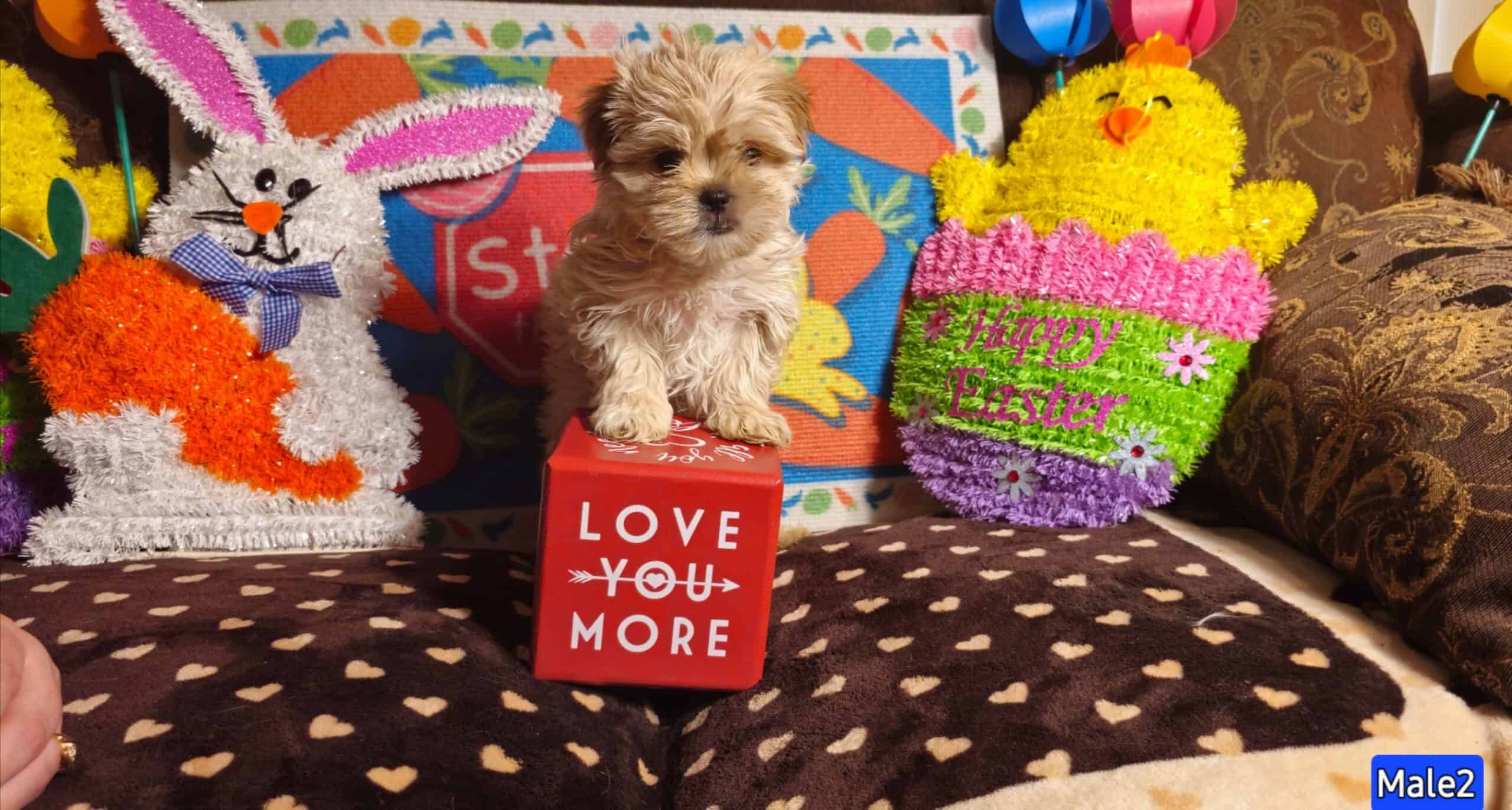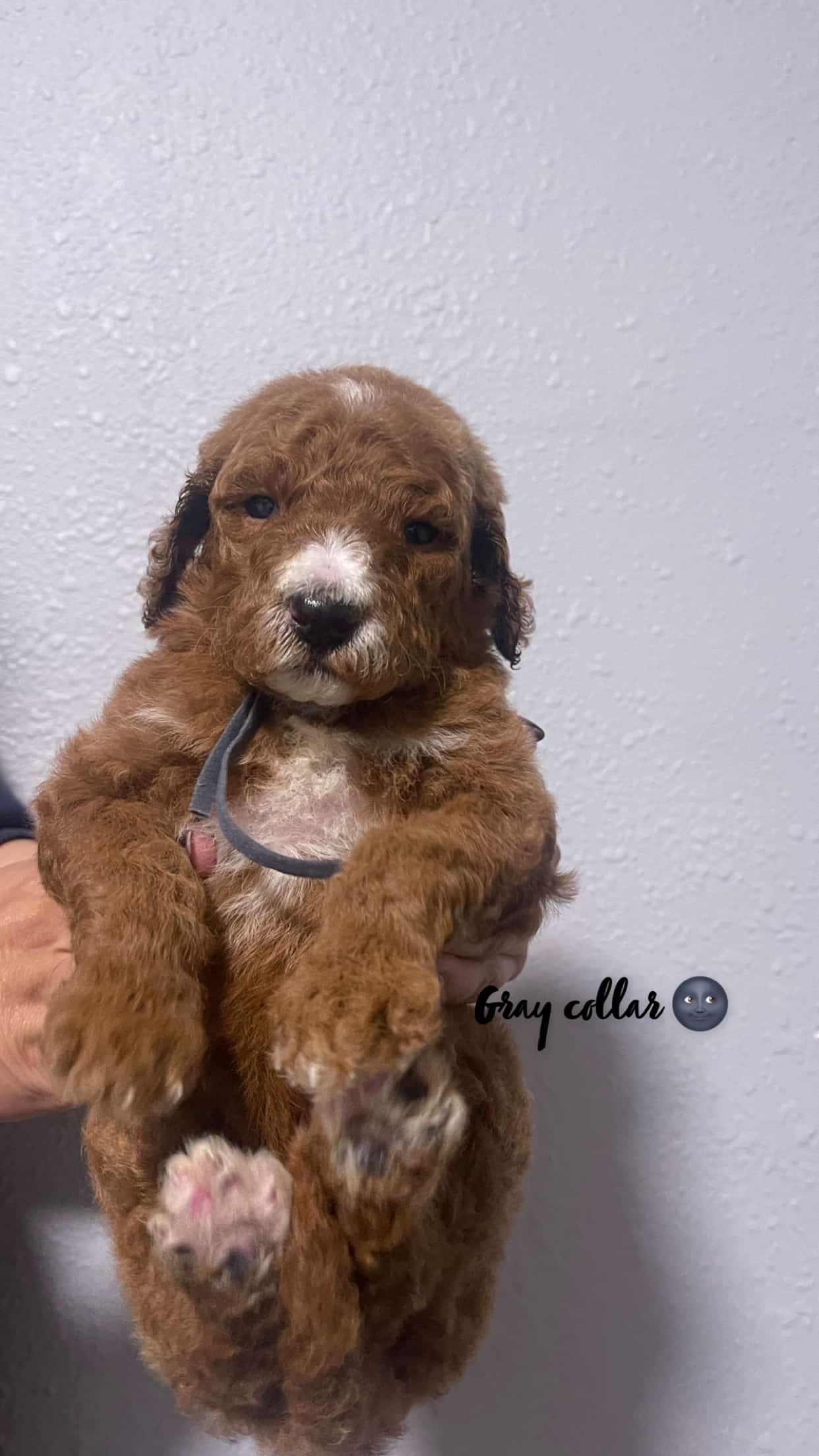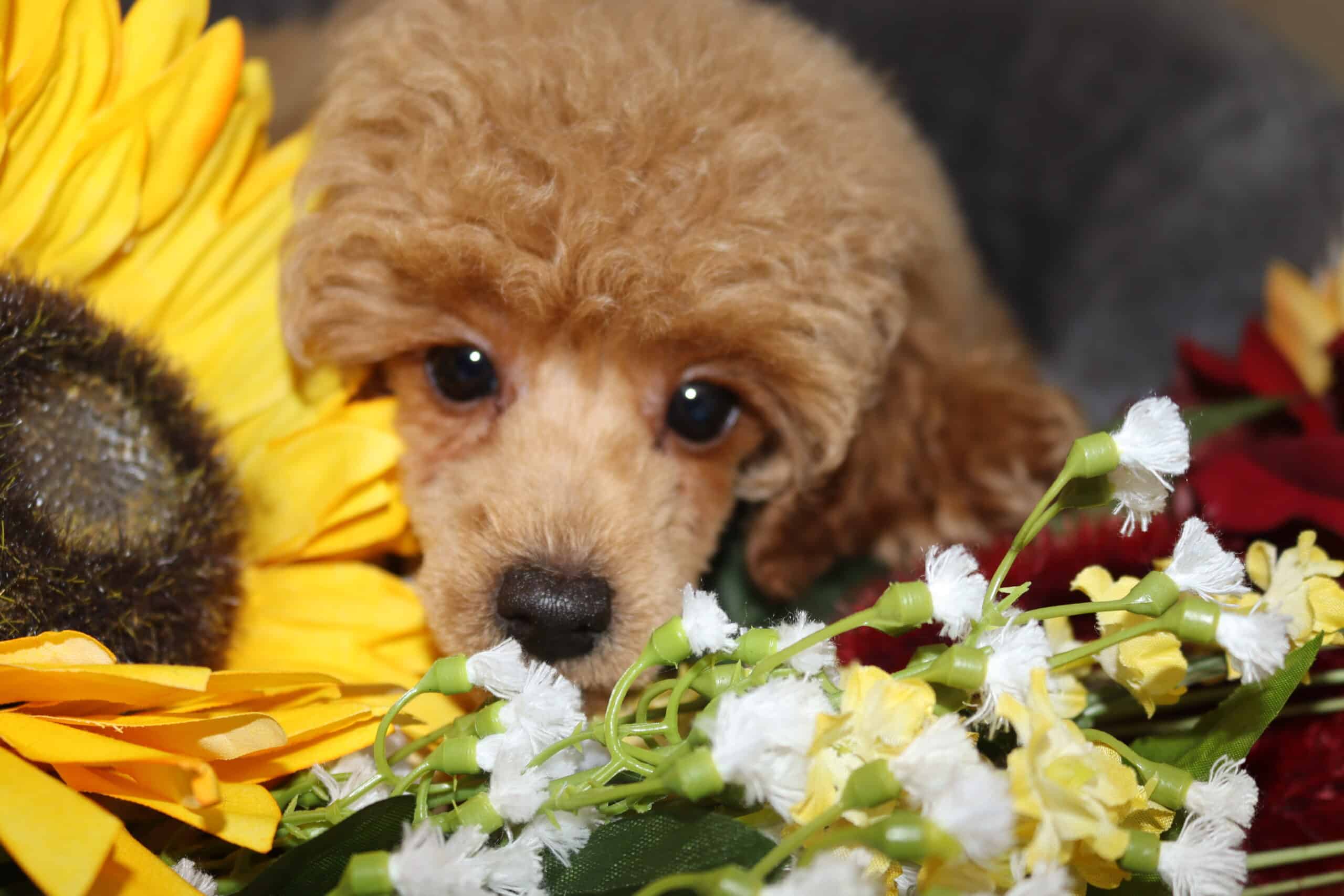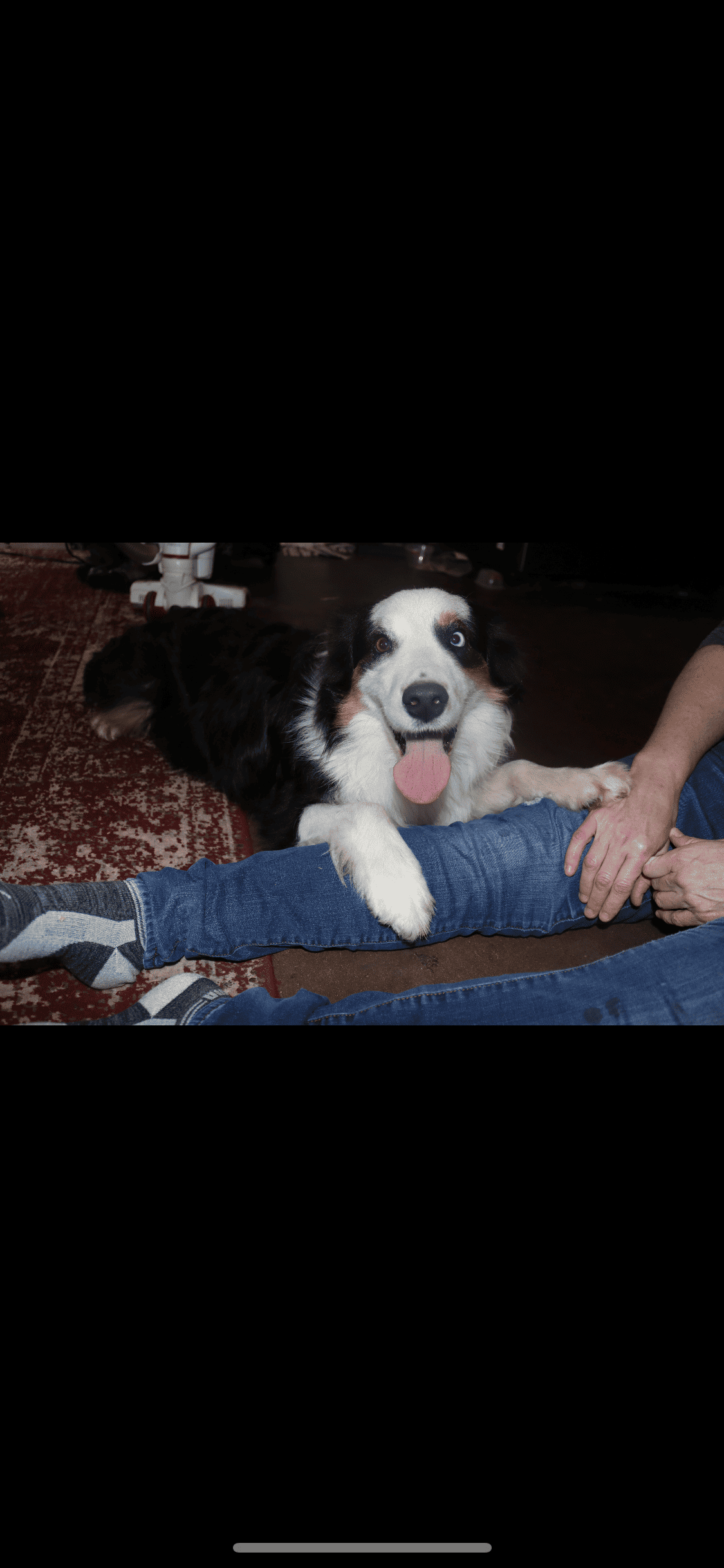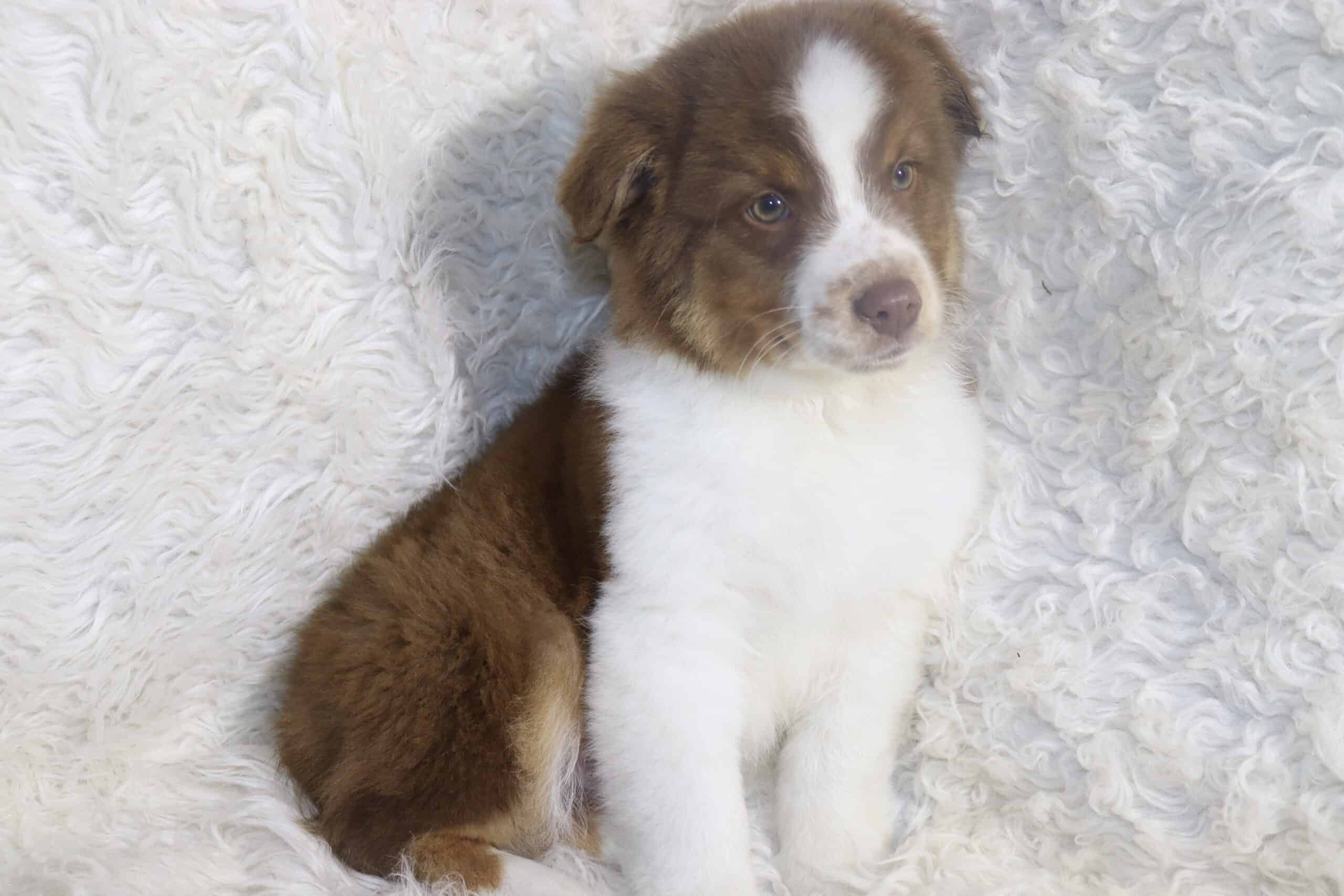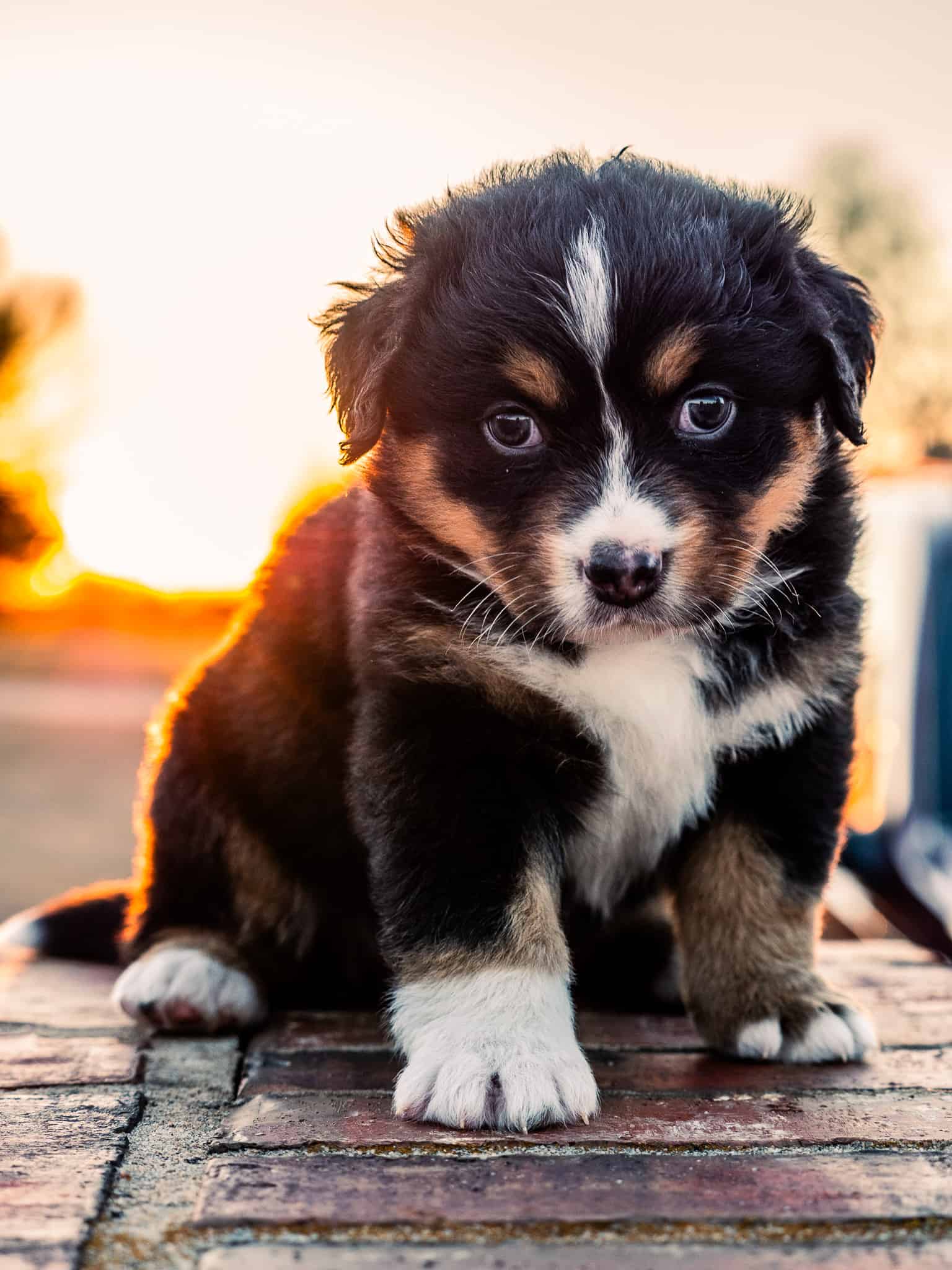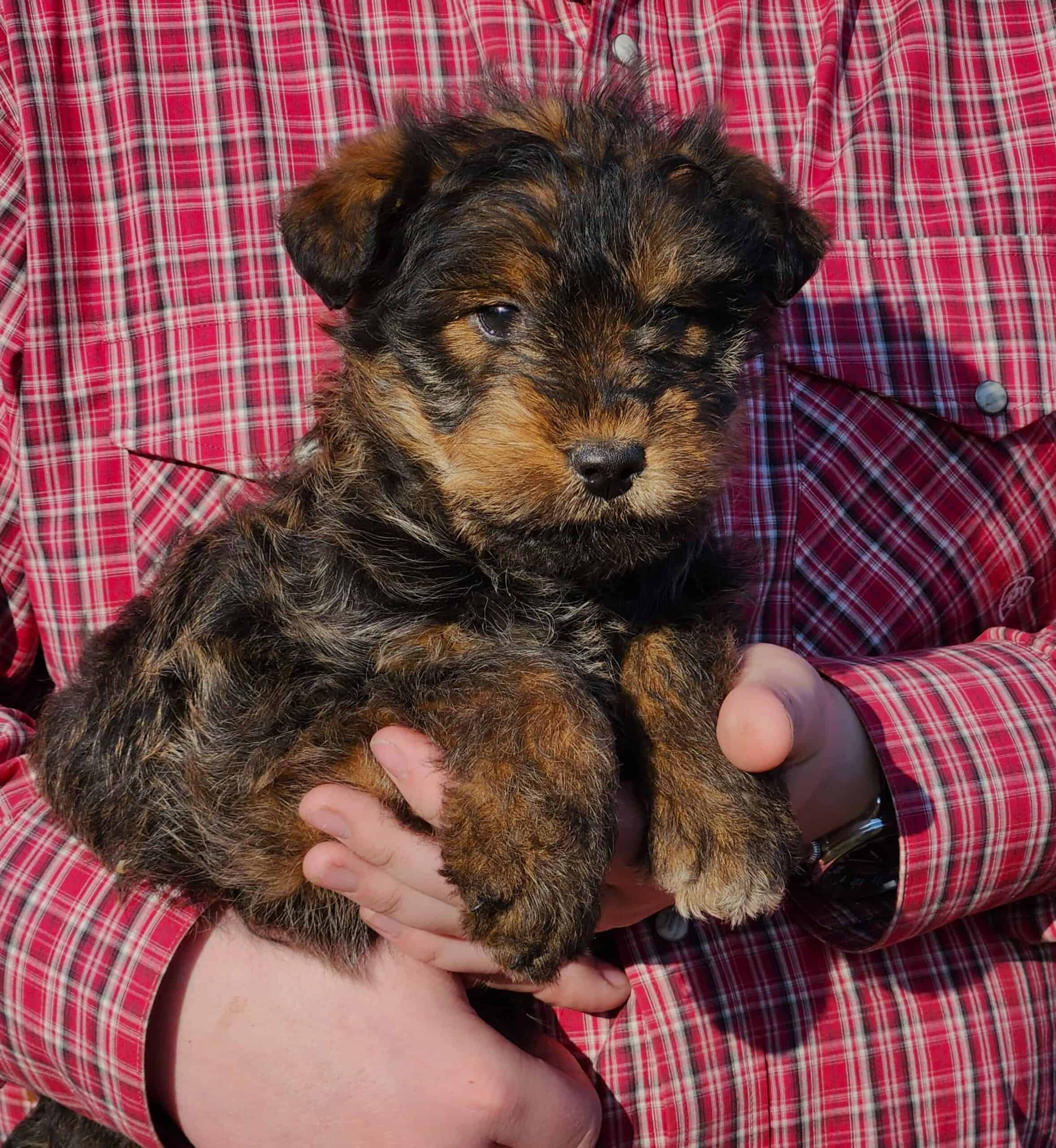Popular Filters:
Cane Corso puppies $700
Cane Corso puppies for sale under $500
Cane Corso puppies for sale under $600
Cane Corso puppies for sale under $800
Protection and Versatility of “Small Mastiff”: Cane Corso Puppies for Sale
You see few working qualities in Cane Corso puppies for sale. Wiggly, friendly, and playful, they seem like puppies of any other large breed such as a Lab. However, research should give you a good idea of the loyal and protective dog that you will get. If you want a dog that looks impressive without the size of other Mastiffs, then you may want to consider a Cane Corso. With intense training, they make excellent family companions, guard dogs, and playmates around other dogs and older children.
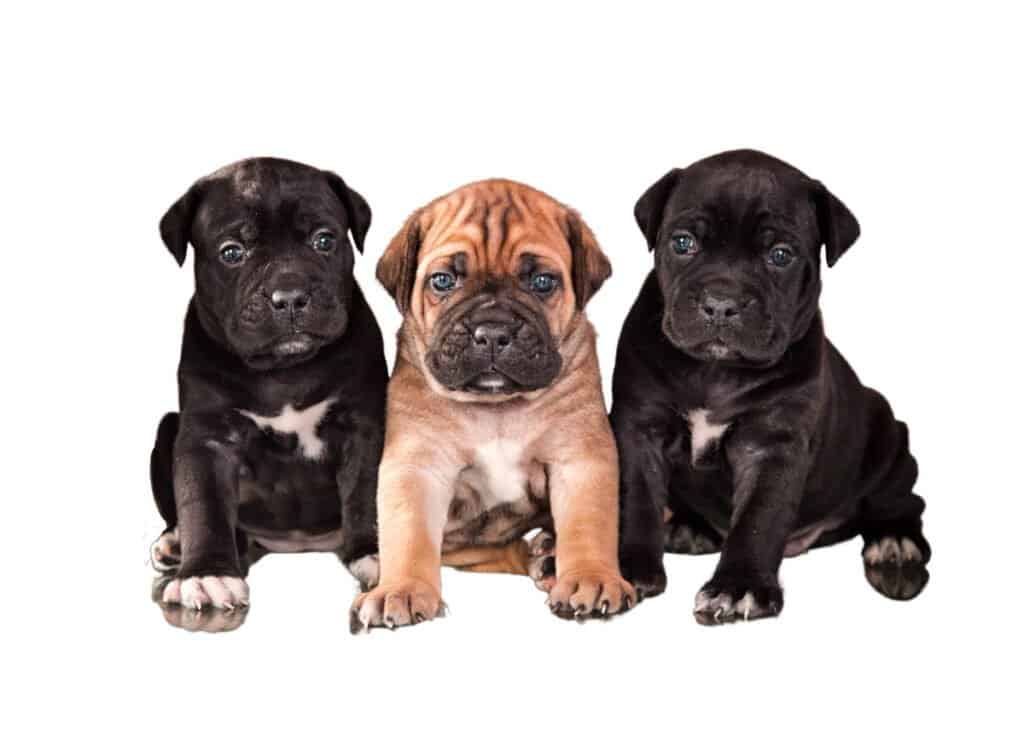
Size and Appearance
Cane Corsos stand about 23.5 to 28 inches tall at the top of the shoulders and weigh 80 to 130 pounds. Despite his generous size and impressive bearing, a Cane Corso is remarkably effortless in his movements. His gait should be free and ground-covering. He is built slightly longer than tall through the body with a ground-covering stride. The head should look square with the muzzle about one-third the length of the head. The eyes are almond-shaped and medium-sized with a forward orientation. A Cane Corso’s expression should be alert and intelligent. His ears are high-set, medium-sized, and triangular. They fold over to lay above the jawbone. The cheekbones are high and prominent, and the stop is pronounced. Cane Corsos have a tail that reaches the hocks lays relaxed except in action when it may come up slightly past the horizontal plane. In many Cane Corso puppies for sale, you will notice the tail as already been docked where permitted. Also, where acceptable, the breed standard permits a cropped ear, which most owners initiate about four months of age. Cane Corsos should have an ear trim in an equilateral triangle.
Colors
Cane Corsos can be of several colors, all present since their historical origins. Black and tan, or tan marking on any base color for that matter, is a disqualification. A small area on the chest and other minor parts like the pasterns is the only acceptable white. If a dog has a mask, the gray or black color will only extend to the eyes. Cane Corsos are commonly described as blue, but this is a misnomer for the breed standard insists they are gray.
- Red – Can have a gray or black facial mask
- Fawn – Can have a facial mask
- Gray or grey
- Black
Brindle striping can occur in any of the standard colors of an AKC Cane Corso for sale.
Cane Corso Black vs Cane Corso Blue
You may see a Cane Corso for sale by a breeder who is charging a premium price for a blue dog. In the back of your mind, you know that there is a grey Cane Corso that exists but not blue. What is going on?
A Cane Corso blue exists in the same way a blue-nosed Pit Bull does. They can inherit a gene in their coat that will dilute what would usually be black hair and dark eyes and skin. A Cane Corso with such a dilution gene will appear grayish blue, charcoal gray, or light silver. Without the recessive gene, the dog would be black. Therefore, gray, or grey Cane Corsos are blue in a genetic sense. However, sometimes the breed color defines the standard as much as the name. You see chocolate Labradors and liver Chesapeake to describe the same color in different breeds. The description of Cane Corsos is gray or gray and not blue. Another interesting fact is this same dilution gene produces the gray facial mask in fawn dogs, making them formentino. These dogs are also an exceptionally light fawn.
Cane Corso black is the most common color of the breed. Black dogs that have one of their two genes as a recessive dilution or bluing allele, they can be pass the gray color to their puppies.
Personality of a Cane Corso for sale
Like all dogs, a Cane Corso’s temperament is a result of both genetics and environment. Vicious Cane Corsos are the results of human failures.
- Neglect exercise requirements
- Fail to socialize as a puppy
- Abuse in any form – Physical beating or verbal berating
- Criminal activity
- Improper nurturing of a strong guarding instinct
Cane Coros should be self-assured and confident but reserved and watchful. They are calm, even-tempered, and attentive. Their intelligence is evident but does not translate into blind obedience. Training is straightforward with an experienced handler and more challenging for the novice. Many Cane Corsos do not show open friendliness to strangers but are polite if there is not a threat. You should expect indifference towards most people that are not yourself or your family. Cane Coros have well-documented protectiveness and may attack with provocation or if they perceive malintent. Socialization is vital to prevent bites. Breed bans are in place in several locales. Cane Corsos do best with children over the age of ten years old because of their size and high activity. Socialization is key for them having a good relationship with other dogs, but cats are vulnerable to severe injury.
Brief History
The Cane Corso originated with the ancient Molosser war dogs of Rome. Greeks brought their massive and ferocious dogs to Italy and the Romans infused them with Mastiff bloodlines from Britain around 55 BC. The Molossers also gave rise to the famous large gladiator dogs that participated in Roman arena blood sports. Both the Neapolitan and Cane Corso descended from the Mastiff-types with the Cane Corso being significantly lighter and more agile. She has an uncanny similarity to the Rottweiler with a shared ancestor and similar development. Roman Legions bred the Cane Corso to be light military dogs. After the fall of the Roman Empire, the Cane Corso became an all-around versatile working dog that guarded livestock against thieves, helped drive cattle to market, protected property, pulled carts loaded with goods, and hunted wild boar. Like many other breeds, the two World Wars decimated their populations. In 1973, Giovanni Bonnetti enlisted the assistance of Dr. Paolo Breber to revive the breed. About 20 years later the Cane Corso established a foothold in the US and by 2010 was a member of the AKC.
Finding nice Cane Corso Puppies for Sale Near Me
Just because you find a Cane Corso breeder up the street from where you live does not mean you should neglect due diligence about background and family tree. Visit the puppies since they are close. Observe the environment and see if the breeder will allow you to look at one or both parents if available. You may not receive a clear history of a dog from a shelter or rescue organization. Many rescues utilize foster homes where a thorough evaluation of disposition and problem areas usually occurs. Make sure to assess the cleanliness and safety status of any sites you visit. Observe where the puppies are kept and check if they have any skin conditions from chronic soiling or if they seem in a good state of nutrition and vigor. Recognize that Cane Corsos, like most mixed and pure breeds alike, can inherit some health problems. The American Kennel Club recommends that breeders pay attention to specific problem areas and test their dogs accordingly. For the Cane Corso, the AKC specifies a cardiac, elbow, and hip evaluation.
Cane Corso Lifespan
Cane Corsos typically live 10 to 12 years, longer than the typical Mastiff.
Caring for your Cane Corso
You found a Cane Corso for sale that you like and have a good idea of the basic care requirements. Cane Corsos have a very short waterproof double coat. You only need to brush it once or twice a week except in the fall when they may shed excessively as their winter coat grows in. Bathing and extra brushing will help keep the loose hairs to a minimum. You should limit shampoo to once every six to eight weeks to prevent dry skin. You can try conditioned rinses if shedding is heavy. A Cane Corso needs a nail trim every six to eight weeks and you can use the opportunity to check the ears. Your dog, providing she weighs 95 pounds and is moderately active, will require 1900 to 2300 calories a day, or four to seven cups of kibble. Because of the higher-than-average risk of bloat, feed your dog’s daily allotment in at least two meals. Puppies under four months old may need to eat four times a day and those under six months of age may require three daily meals. Plan on providing 45 to 90 minutes of exercise for your dog every day. You should break up your sessions through the day if you can. Physical needs are often most obvious, but you should include in the daily allotment mental exercises as well. Training and socialization are crucial for puppies, and games and puzzles become more important for adults. For those interested in advanced training, Cane Corsos can excel at Shutzhund, protection work, tracking, and agility. Social dogs can also enjoy a romp in the park, hiking, and jogging.

